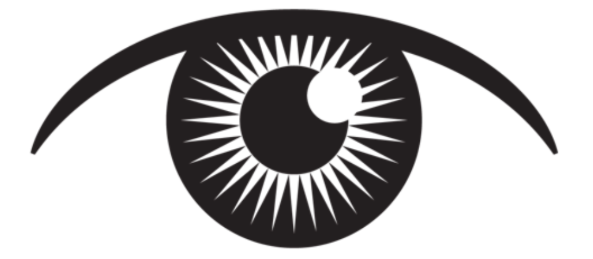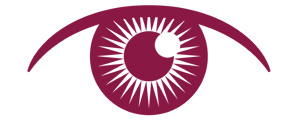Glaucoma is often called the “silent thief of sight” because it can slowly damage your vision without any warning signs. That’s why it’s important to understand your risk factors. If you are at risk of developing glaucoma, you should regularly see an eye doctor who can accurately diagnose this condition and provide glaucoma treatment near you.
At The Optics Group clinics, we offer glaucoma treatment at all our locations: Pleasant Optics in Mt. Pleasant, St. Louis Optics, Carson City Optics, and both Alma Optics and State Street Optics in Alma. Learn more about glaucoma risk factors, common causes, prevention strategies, and how to treat this condition.
Who is at risk for glaucoma?
While anyone can develop glaucoma, certain factors increase your risk:
- Age: People over 60 are more likely to develop glaucoma.
- Family history: If you have a close relative who has glaucoma, your risk is much higher.
- Race and ethnicity: African Americans, Hispanics, and Asians are at greater risk for certain types of glaucoma.
- Medical conditions: Diabetes, high blood pressure, and heart disease can increase your chances of developing glaucoma.
- Eye health history: Previous eye injuries, high eye pressure, or thin corneas may raise your risk.
- Medications: Long-term use of corticosteroid medications can elevate eye pressure and increase risk.
If any of these apply to you, let us know at your next comprehensive eye exam. We’ll take extra care to monitor for signs of glaucoma.
What causes glaucoma?
Glaucoma is most often caused by a buildup of pressure inside the eye, which is known as intraocular pressure. Normally, fluid flows in and out of the eye to keep it healthy. However, when that fluid doesn’t drain properly, it can lead to increased intraocular pressure. Over time, this pressure can damage the optic nerve, which sends visual messages to your brain.
Other factors, like poor blood flow to the optic nerve or underlying health conditions, may also contribute to glaucoma in some people.
What are the different types of glaucoma?
There are four major types of glaucoma:
- Open-angle glaucoma (OAG): OAG is the most common form of glaucoma. It happens when fluid drains too slowly, causing eye pressure to build up over time. OAG typically develops gradually and painlessly.
- Angle-closure glaucoma (or closed-angle): Angle-closure glaucoma (ACG) is a less common but more urgent form of glaucoma where the drainage angle becomes blocked, leading to a sudden rise in eye pressure.
- Primary congenital glaucoma (PCG): PCG is a rare type of glaucoma that’s present at birth, often due to improper development of the eye’s drainage system.
- Secondary glaucoma: Secondary glaucoma is caused by another medical condition, eye injury, inflammation, or medication, such as long-term steroid use.
Each type of glaucoma affects the eye differently, but they all share one thing in common: the potential to cause permanent vision loss if not treated early.
Glaucoma prevention strategies
While you can’t change your genetics or age, there are steps you can take to lower your risk of vision loss from glaucoma:
- Schedule regular eye exams, especially if you’re over 40 or have risk factors.
- Know your family history and share it with your eye doctor.
- Protect your eyes from injury during sports or high-risk activities.
- Exercise regularly to support healthy blood flow to the optic nerve.
- Take prescribed medications for blood pressure, diabetes, or cholesterol seriously.
How to diagnose glaucoma
Regular eye exams are the best way to detect early signs of glaucoma. At our eye care centers, we use advanced diagnostic tools like tonometry and visual field testing to detect glaucoma early, often before you notice any symptoms. Using the iCare tonometer, we can measure your eye pressure comfortably without numbing eye drops or the air puff test.
How to treat glaucoma
If you are diagnosed with glaucoma, don’t panic. While vision loss from glaucoma can’t be reversed, early treatment can help stop or slow progression.
Your personalized treatment plan may include:
- Prescription eye drops can lower intraocular pressure.
- Laser therapy improves how fluid drains from the eye.
- In more advanced cases, surgery may be recommended to create new drainage pathways or reduce fluid production.
If surgery is necessary, we’ll refer you to a trusted specialist in the area and provide follow-up care throughout your recovery.
Don’t wait for symptoms to appear
Glaucoma is a leading cause of vision loss, but many people don’t realize they have it until permanent damage has already occurred. Knowing your risk factors and getting regular eye exams can help you protect your vision.
If you’re concerned about glaucoma or are due for a check-up, schedule an appointment at an Optics Group location near you. We’ll provide personalized care and assess your risk for developing this sight-stealing condition.





